In the winter of 1861, visitors to the Louvre might have seen a young artist painstakingly copying one of the museum’s 39 paintings by Poussin. The subject was ‘The Abduction of the Sabine Women’ and the artist was the 27-year-old Edgar Degas, then at work on his own classical battle of the sexes, ‘Young Spartans’.
Although lumped with the impressionists, Degas was a classicist at heart. ‘The masters must be copied over and over again,’ he believed, ‘and it is only after proving yourself a good copyist that you should reasonably be permitted to draw a radish from nature.’ A dedicated copyist himself, Poussin would have approved. The paintings in Poussin and the Dance at the National Gallery copy from Titian, Annibale Carracci, Giambologna, Reni, Raphael, Mantegna — and especially from Roman sculpture, as illustrated by the two Roman vases and ‘The Borghese Dancers’ bas-relief included in the exhibition.
By reassembling all the paintings with dancing figures that Poussin made after arriving in Rome, aged 30, in 1624, the National Gallery hopes to show the frisky side of a classical master normally regarded as cold and austere. With Poussin, though, even tripping the light fantastic has its dark side: the dancing goddess in his sunny ‘Realm of Flora’ (1630–31) is scattering petals over miserable mortals being turned into flowers at the whim of the gods. A definition of dance that takes in bacchanals — basically drunken orgies involving a bit of cloven hoofing by satyrs with maenads — and violent abductions — otherwise known as rapes — is certainly broad. The pretext for the latter’s inclusion is that their ‘martial choreography’ is balletic. Whatever, they’re no thés dansants.
But we live in more puritanical times. While the purchaser of ‘The Realm of Flora’ was a Sicilian jewel thief, the clients for Poussin’s orgies and rapes included prominent prelates. His ‘Martyrdom of Saint Erasmus’ (1628) altarpiece for St Peter’s won him no plaudits; it was ‘The Triumphs of Bacchus’ he painted for Cardinal Richelieu in 1636 that got Poussin appointed First Painter to Louis XIII in 1640. He lasted less than two years at court before returning to Rome, but not before having established himself as the father of the French classical tradition.
The déclassé son of impoverished aristocrats, Poussin had the benefit of a liberal education and could riff on classical mythology with the best of them. Classical references covered a multitude of sins, functioning as licences for licentiousness. A painting of a drunken debauch was one thing; a painting of a drunken debauch featuring an inebriated figure lifted from a Roman vase was another.
Such fine distinctions are mainly lost on modern audiences, who may not find Poussin’s choreographed orgies easy to love. What they will enjoy is the way the show draws back the curtain on the artist’s ingenious compositional process. As a one-man band, Poussin didn’t have the luxury of a studio full of assistants to sketch in different poses; instead he modelled figurines in wax and posed them in a toy theatre with directional lighting. The resulting ink and wash sketches — and reconstructions of the animated 3-D figures Anthony Blunt called Poussin’s ‘wax corps-de-ballet’ — are the delights of the show.
Poussin was more civilised than Caravaggio, who obtained his chiaroscuro lighting effects by banging holes in his studio roofs. The Frenchman hated everything the Italian stood for, saying that Caravaggio had come into the world to destroy painting (he did not foresee that he anticipated photography). For Poussin beauty in art was not torn from the book of life; it had to be ‘prepared as carefully as possible’ with due attention to ‘arrangement, measure and form’. Only thus could he achieve the timeless perfection of ‘A Dance to the Music of Time’ (1634) (see p31), given the show’s final room to itself.
If Caravaggio is the people’s painter, Poussin is the artist’s artist. Instead of inspiring a crowd of slavish Caravaggisti, Poussin has remained an inspiration to individual artists who care about arrangement, measure and form. ‘Imagine Poussin redone entirely in nature: that’s classicism as I understand it,’ declared Cézanne, and applied its lessons to his ‘Grandes Baigneuses’. Without Poussin’s example, Matisse might never have painted ‘La Danse’, and Picasso raided his ‘Abduction of the Sabine Women’ for his response to the Cuban missile crisis.
Yet Poussin remains unpopular with the public. Was he really as severe as he painted himself in his 1650 self-portrait? Even after abandoning dance motifs for such serious subjects as the ‘Seven Sacraments’, he retained a spring in his step. In ‘Extreme Unction’ (c.1640), the sombrest of the series he painted for Cassiano dal Pozzo before leaving for Paris, the serving wench who looks back at us over her shoulder as she trips lightly out of the sickroom door could have waltzed straight off ‘The Borghese Dancers’ bas-relief.
Got something to add? Join the discussion and comment below.
Get 10 issues for just $10
Subscribe to The Spectator Australia today for the next 10 magazine issues, plus full online access, for just $10.
You might disagree with half of it, but you’ll enjoy reading all of it. Try your first month for free, then just $2 a week for the remainder of your first year.

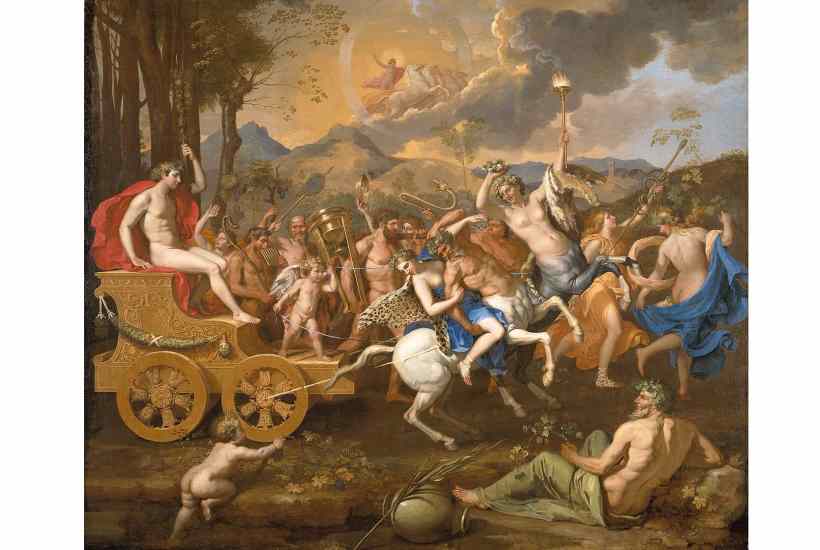
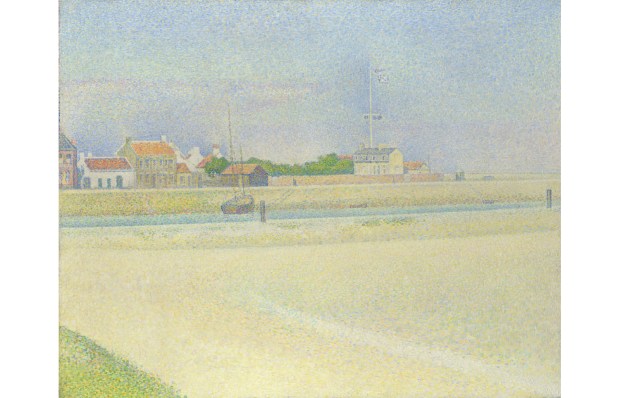

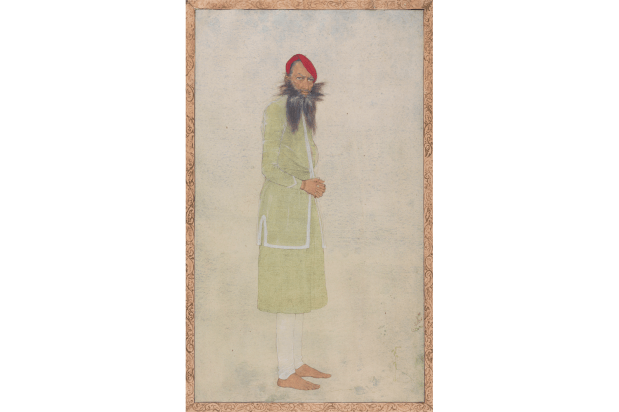
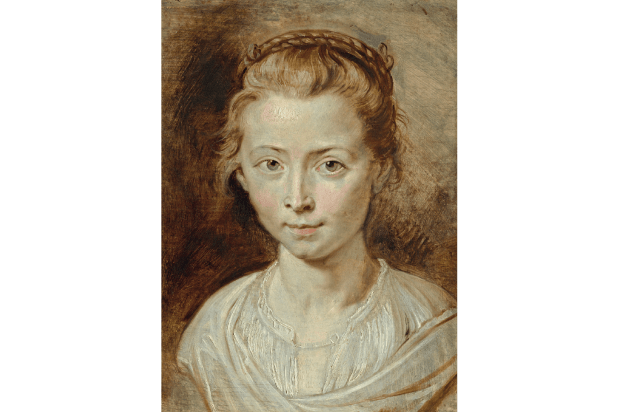
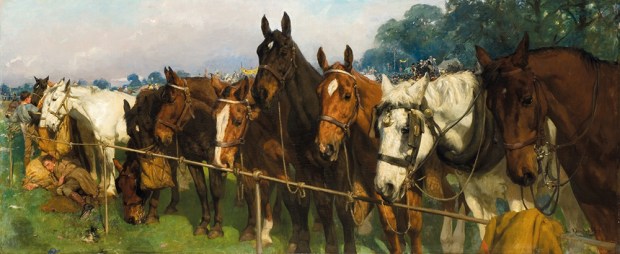
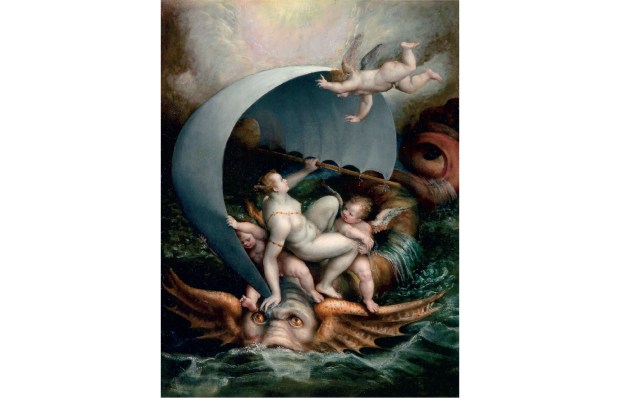






Comments
Don't miss out
Join the conversation with other Spectator Australia readers. Subscribe to leave a comment.
SUBSCRIBEAlready a subscriber? Log in